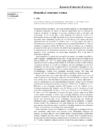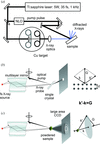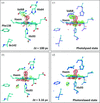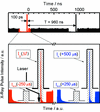issue contents
March 2010 issue
Dynamical structural science

Cover illustration: Recent advances in pulsed electron and X-ray sources make it now possible to obtain atomic level views of transient phenomena in matter. A broad spectrum of recent advances in the field of dynamical structural science, including examples from solid-state physics, molecular materials, biological molecules and molecules in solution, is presented here.
dynamical structural science

 access
access access
access

 journal menu
journal menu
































